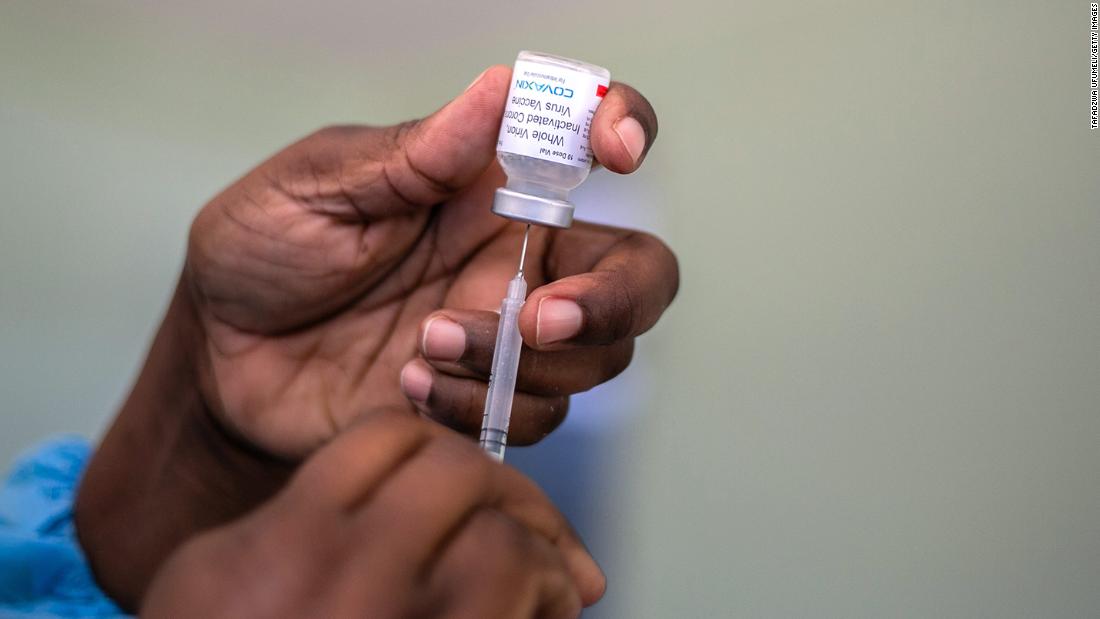How to Make Your Own Natural Insect Repellent
Summertime brings warm weather, outdoor adventures, and unfortunately, pesky insects. Whether you're camping in the woods, having a picnic in the park, or simply enjoying your garden, insects can be a nuisance. Commercial insect repellents often contain chemicals that many people prefer to avoid. The good news is that you can make your own natural insect repellent at home. In this article, we'll guide you through the process of creating a safe and effective natural insect repellent to keep those unwanted bugs at bay.
Why Choose Natural Insect Repellents?
Before diving into the recipe and the steps to make your own natural insect repellent, it's essential to understand why natural alternatives are a preferred choice for many. Here are some compelling reasons:
Healthier for You and the Environment: Commercial insect repellents often contain chemicals like DEET, which can have adverse effects on your health and the environment. Natural repellents use ingredients that are safer for you and the planet.
Reduces Exposure to Harmful Chemicals: Synthetic repellents can be absorbed through your skin, potentially leading to skin irritation or allergic reactions. By making your own natural repellent, you can avoid unnecessary exposure to chemicals.
Customization: Creating your natural insect repellent allows you to tailor the formula to your preferences. You can adjust the scent, potency, and ingredients to suit your needs.
Cost-Effective: Homemade insect repellents are typically more affordable than their commercial counterparts. Plus, you can make them in small batches, reducing waste.
Ingredients for Your Natural Insect Repellent
Now that you understand the benefits of using a natural insect repellent, let's gather the ingredients you'll need to make your own. Most of these ingredients are readily available and may already be in your pantry.
Here's what you'll need:
Essential Oils: Essential oils are the heart of your natural insect repellent. They contain compounds that insects find unpleasant, keeping them at bay. Some popular options include:
Citronella
Lemon eucalyptus
Peppermint
Lavender
Tea tree
Eucalyptus
Carrier Oil: A carrier oil dilutes the essential oils and helps them spread evenly on your skin. Common carrier oils include:
Olive oil
Coconut oil
Jojoba oil
Sunflower oil
Witch Hazel: Witch hazel acts as a stabilizer and helps the repellent adhere to your skin. It also has a cooling effect when applied.
Distilled Water: Distilled water is used to dilute the mixture further, making it easier to apply and less oily on the skin.
A Spray Bottle: You'll need a clean spray bottle to store and apply your homemade insect repellent.
Optional Additions: You can enhance your natural insect repellent by adding a few drops of other essential oils known for their insect-repelling properties, such as lemongrass or cedarwood.
Creating Your Homemade Natural Insect Repellent
Now that you have your ingredients ready, it's time to create your natural insect repellent. Follow these simple steps:
Step 1: Choose Your Essential Oils
Select one or a combination of essential oils known for their insect-repelling properties. Citronella and lemon eucalyptus are excellent choices for a base. You can customize the scent by adding a few drops of other essential oils if desired.
Step 2: Prepare Your Carrier Oil
In a small bowl, combine your chosen carrier oil with the selected essential oil(s). The general guideline is to use 10-20 drops of essential oil per 2 tablespoons of carrier oil. Adjust the ratio based on your preference for potency.
Step 3: Add Witch Hazel
To the carrier oil and essential oil mixture, add a tablespoon of witch hazel. This will help stabilize the mixture and improve its adherence to your skin.
Step 4: Mix Well
Thoroughly mix the ingredients to ensure they are well-blended. This step is crucial for an effective natural insect repellent.
Step 5: Dilute with Distilled Water
Transfer the mixture to your spray bottle and add distilled water to dilute it further. Typically, a 1:1 ratio of the oil mixture to distilled water works well, but you can adjust it according to your preference. Shake the bottle well to mix everything evenly.
Step 6: Test and Adjust
Before using your homemade repellent on your skin, it's essential to perform a patch test. Apply a small amount to a small area of your skin to check for any adverse reactions. If you experience irritation, dilute the mixture further or use fewer drops of essential oil.
Step 7: Application
Your homemade natural insect repellent is now ready to use. Shake the bottle before each use, and apply it to exposed skin areas, avoiding contact with your eyes and mouth. Reapply as needed, especially after swimming or excessive sweating.
Storage and Shelf Life
Store your homemade insect repellent in a cool, dry place away from direct sunlight. Properly stored, it should remain effective for several weeks to a few months, depending on the carrier oil used. Check for any signs of spoilage, such as an unusual odor or separation of ingredients, before use.
With the rise in concerns about the chemicals found in many commercial insect repellents, creating your own natural alternative is not only a safer choice but also an empowering one. By using essential oils, carrier oils, and other readily available ingredients, you can make an effective insect repellent that suits your preferences and keeps those bothersome bugs at bay. Enjoy the great outdoors without worrying about insect bites, all while promoting a healthier and more environmentally friendly approach to pest control. So, the next time you plan an outdoor adventure, don't forget to pack your homemade natural insect repellent and keep those pesky insects at bay the natural way.


.jpg)






 English (US) ·
English (US) ·